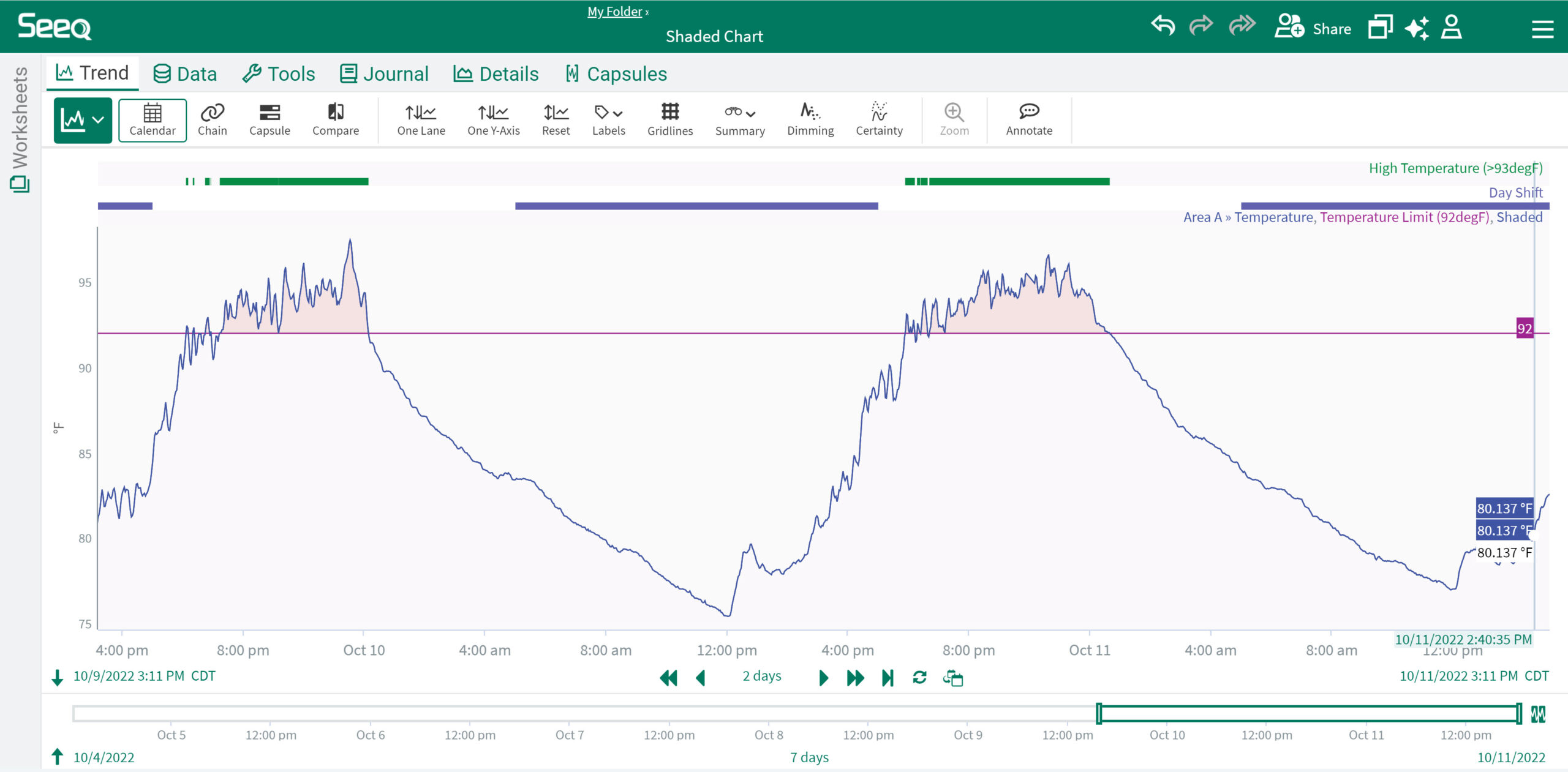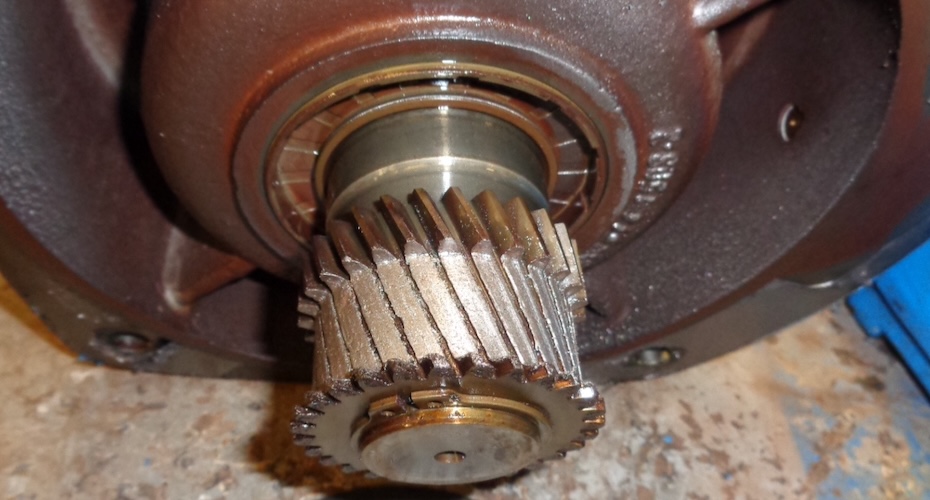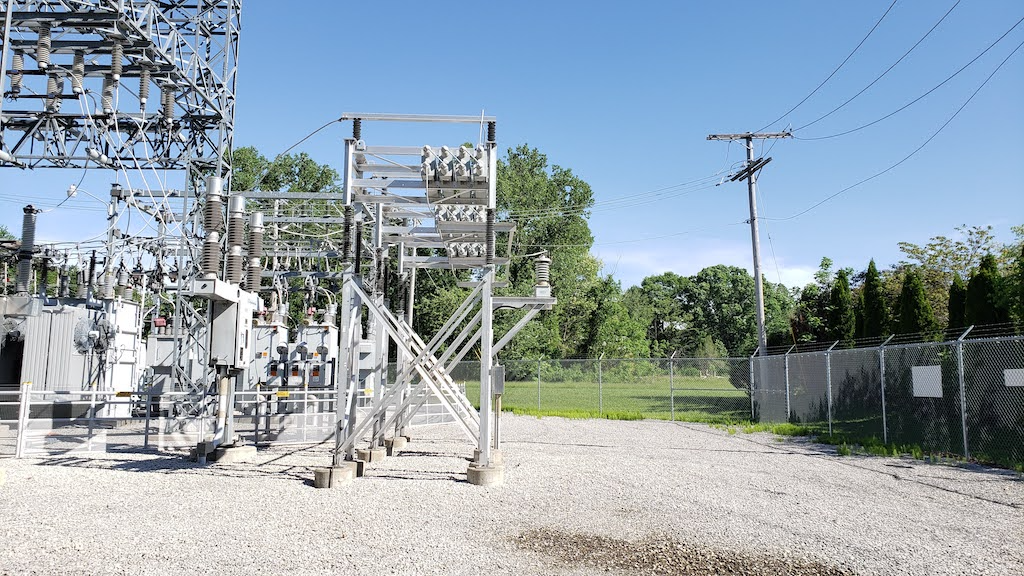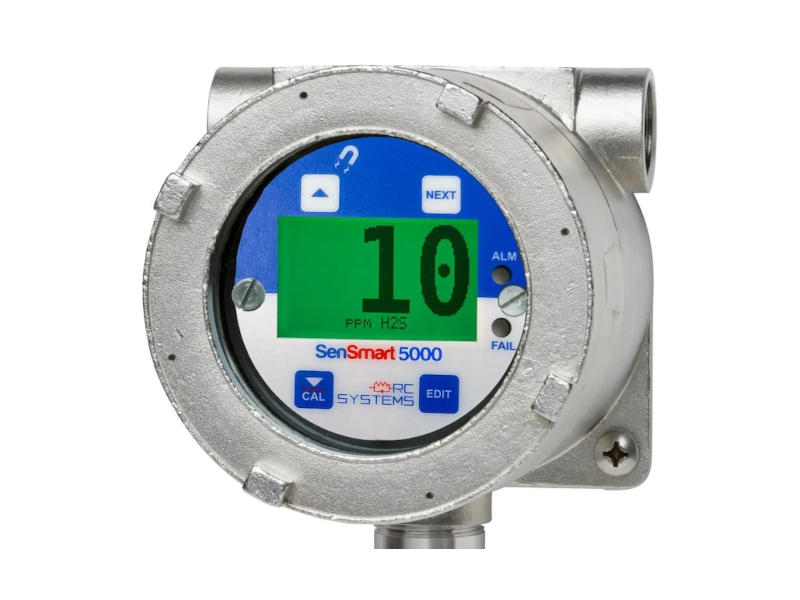Calibration is a time-consuming maintenance activity that must be performed periodically on every field instrument to assure efficient operation of the process and to satisfy the requirements of regulatory agencies. Calibration can take from one to four hours of a technician's time per device using generally accepted procedures.
|
Calibration is a time-consuming maintenance activity that must be performed periodically on every field instrument to assure efficient operation of the process and to satisfy the requirements of regulatory agencies. Calibration can take from one to four hours of a technician’s time per device using generally accepted procedures. Since many plants have thousands of field instruments, a significant portion of maintenance time is spent on calibration alone.
Annual calibration of all instruments is common. In plant areas where instrument accuracy is critical to product quality, calibration every six months, or even more frequently is not unusual. However, maintenance supervisors often admit that, because of time constraints, calibration may slip to an every-other-year event in their plants. Sometimes an instrument is totally inoperative by the time a technician tries to do calibration testing. Advanced asset management software interfaces with self-documenting calibrators used to test field instruments, making it easy to define and implement calibration procedures and saving technicians’ time before and after calibration tests.
Automated calibration management prevents such problems by dramatically reducing the time required for calibration, thus saving the plant substantial amounts of money. One pharmaceutical company, which calibrates 8000 devices per year, estimated annual savings of $264,000 in reduced calibration time. This saving of $33 per calibration is actually a very conservative figure.
Traditional procedures
Most maintenance departments follow the same calibration procedures they’ve used since handheld self-documenting calibrators became available. The procedure goes something like this:
-
A calibration route is established for each group of instruments — generally those in one area of the plant, but it could be by instrument type or by the date on which those particular instruments need calibration.
-
A calibration scheme, including all test parameters, is defined for each instrument. Frequently, technicians must dig into file cabinets and pull out the test requirements on each instrument in the group. This is a very time-consuming job, especially if the filing system is unorganized.
-
Test data are transferred to a handheld self-documenting calibrator by manually entering it in a predetermined sequence or code into the keypad of the calibrator — another time- consuming, error-prone process.
-
The technician attaches the calibrator to each instrument in a prearranged order. Readings from each instrument are compared with the source information to determine accuracy.
-
If a device fails the calibration test, the instrument is adjusted and retested to be sure the calibration is correct. If calibration cannot be achieved, the instrument is replaced and the new instrument calibrated.
-
Testing continues until all instruments on that route have been tested.
-
When the technician returns to the maintenance shop, a report is written on each instrument tested, using data stored in the self-documenting calibrator — another tedious, time- consuming process.
-
Reports are filed for future reference or to prove to an inspector that calibrations were done in compliance with regulations.
-
Technicians frequently test and document only about eight field devices in an 8-hour day. Many are not that fast. If something goes wrong, the process can take much longer.
Automated calibration
Figure 1 depicts a typical calibration scheme defined for instruments in an asset management software database. The information required for calibration is already part of each instrument’s record. The technician simply locates an instrument to be tested by tag number, and “drags” the calibration settings for that instrument to the route. Routes can be predefined and maintained in the database, providing technical personnel with groupings of instruments that can be calibrated most efficiently in the field. A route can consist of instruments grouped in one area, one particular type of instrument, or devices that are due to be tested. In any case, all of the necessary information is readily accessible. The direct-connection download of information for any route from computer to handheld, self-documenting calibrator is fast and accurate — with minimal chance for human error.
Testing proceeds as before. But when the cycle is complete, the technician returns to the maintenance shop, attaches the calibrator to the PC once more, and instantly uploads the test results to the asset management software. This data transfer is fast, error-free, and easy to accomplish for a tired technician who has spent the day climbing around towers, columns, and reactors.
The calibration results are archived with all the other maintenance information for each instrument tested, automatically providing the documentation required for compliance with regulations. Technicians can access the calibration history of any field device, and all of that device’s calibration records appear on the screen for review or printout (Fig. 2.).
Documented savings
By automating key parts of the calibration process, asset management software contributes significantly to reduced maintenance costs. Automated calibration eliminates the manual, error-prone data entry of calibration schemes into self-documenting calibrators prior to testing, as well as hand-written or manually typed documentation of the results.
In plants with hundreds or thousands of field devices, such savings represent a significant economic benefit that is simply too great to ignore.
More Info: The author is available to answer questions about this article. He can be reached by phone at 952-828-3126, fax 952-828-3033, e-mail [email protected] . Article edited by Jack Smith, Senior Editor, 630-288-8783, [email protected]
Asset management and automated calibration
One of the most promising new approaches to lowering maintenance costs is asset management. Asset management software (AMS) is dedicated to ensuring that production equipment is maintained properly to deliver maximum performance and service life at minimal cost. The software accesses and utilizes the vast amounts of information generated by the smart instrumentation now proliferating in the plant and can reduce the amount of time maintenance technicians spend on the routine calibration of field instrumentation.
The three elements of asset management are:
Smart, microprocessor-based field devices functioning as “data servers” and providing information about their operational status, the state of the process, and even the condition of the equipment to which they are attached. Intelligent field devices track and record up to 50 status conditions related to their health and that of their sensor components
Open communications allowing transmission of information between smart transmitters, valve positioners, and other field devices; and a dedicated PC in the maintenance shop
Dedicated online maintenance software that streamlines required routine maintenance tasks such as loop checkout, configuration, and calibration; establishes a predictive maintenance environment; and automatically documents maintenance activities.
AMS integrates information about all field devices into a single database. This information is organized and presented in such a way as to simplify and streamline the work of maintenance personnel. Instrument calibration is greatly influenced by asset management.



